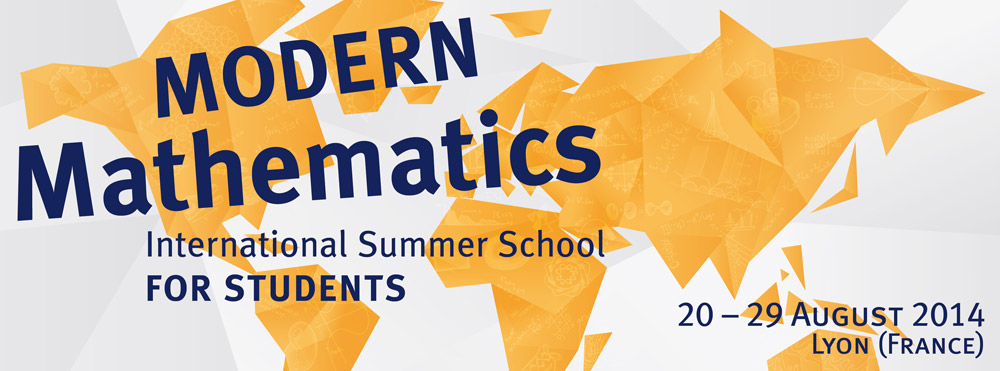Hans Feichtinger
|
Hans Feichtinger is an Austrian mathematician and a professor in the Mathematical Faculty of the University Wien. He is editor-in-chief of the Journal of Fourier Analysis and Applications (JFAA) and associate editor to several other journals. He is one of the founders of and head of the Numerical Harmonic Analysis Group (NuHAG) at the University of Vienna. Today Feichtinger's main field of research is Harmonic Analysis with a focus on Time-Frequency Analysis. |
 |
"Fascination Time-Frequency Analysis: Between real world applications and abstract harmonic analysis": Time-frequency analysis is based on a local variant of the Fourier transform. In a musical context a spectrogram would tell the user at which time which "harmonies" are active, very much like a score. Due to the redundancy of such a continuous representation/visualization of a signal various discretizations have been considered, leading to what is called Gabor analysis. An important part of Gabor analysis is to understand such non-orthogonal and redundant signal representations and to use them in order to study the mapping properties of certain pseudo-differential operators. On the other hand there are nice applications to digital signal processing (up to MP3).
"Gabor Analysis: the Practical Side of Time-frequency Analysis, with MATLAB": While time-frequency analysis starts to play an increasingly important role in abstract analysis, e.g. in the context of pseudo-differential operators, or the modelling of mobile communication channels, it has also become a versatile tool for signal processing applications. The problem concerns the (linear) representation of signals (also images) as superpositions of well structured, but non-orthogonal collections of building blocks. Such an approach requires considerations of numerical stability and use of memory as well as the use of efficient numerical linear algebra methods. On the other hand it allows to produce intuitively appealing images supporting intuition very much, and to run systematic experiments, which was not possible in such a way just 25 years ago. Meanwhile extensive collections of MATLAB files are available from NuHAG resp. within the LTFAT toolbox of Peter Soendergaard.

